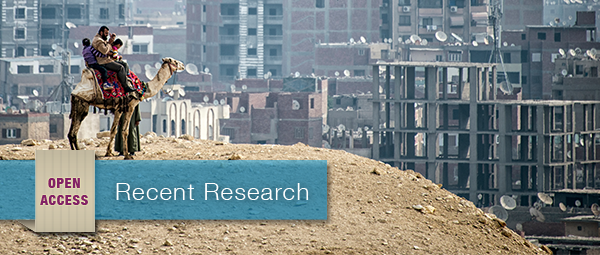Andreas Wimmer
Sociological Science February 23, 2023
10.15195/v10.a1
Abstract
This article introduces the concept of multiple, layered, and interacting histories, which opens four new avenues of research. We can ask which types of institutions or events, such as states, religions, or war, are more likely to leave a historical legacy. We can also explore why only certain states, religions, or wars leave legacies. We can compare the consequences of older and newer layers of history, such as of a series of successor states. Finally, these layers may interact with each other by preserving, neutralizing, or amplifying each other’s effects. To illustrate these new research avenues, I use measurements of value orientations as well as generalized trust from the European Social Survey as dependent variables. New data on the history of states as well as the wars fought since 1500 are combined with existing data on the medieval policies of the Church, all coded at the level of 411 European regions. A series of regression models suggests that the political history of states is more consequential for contemporary attitudes than medieval religious policies or wars, that older layers of states can be as impactful as more recent ones, that interactions between layers are frequent, and that modern nation-states are more likely to leave a legacy than other types of polities.
This article introduces the concept of multiple, layered, and interacting histories, which opens four new avenues of research. We can ask which types of institutions or events, such as states, religions, or war, are more likely to leave a historical legacy. We can also explore why only certain states, religions, or wars leave legacies. We can compare the consequences of older and newer layers of history, such as of a series of successor states. Finally, these layers may interact with each other by preserving, neutralizing, or amplifying each other’s effects. To illustrate these new research avenues, I use measurements of value orientations as well as generalized trust from the European Social Survey as dependent variables. New data on the history of states as well as the wars fought since 1500 are combined with existing data on the medieval policies of the Church, all coded at the level of 411 European regions. A series of regression models suggests that the political history of states is more consequential for contemporary attitudes than medieval religious policies or wars, that older layers of states can be as impactful as more recent ones, that interactions between layers are frequent, and that modern nation-states are more likely to leave a legacy than other types of polities.
 | This work is licensed under a Creative Commons Attribution 4.0 International License. |
- Citation: Wimmer, Andreas. 2023. “Layered Legacies. How Multiple Histories Shaped the Attitudes of Contemporary Europeans.” Sociological Science 10:1-46.
- Received: June 26, 2022
- Accepted: August 24, 2022
- Editors: Ari Adut, Gabriel Rossman
- DOI: 10.15195/v10.a1





